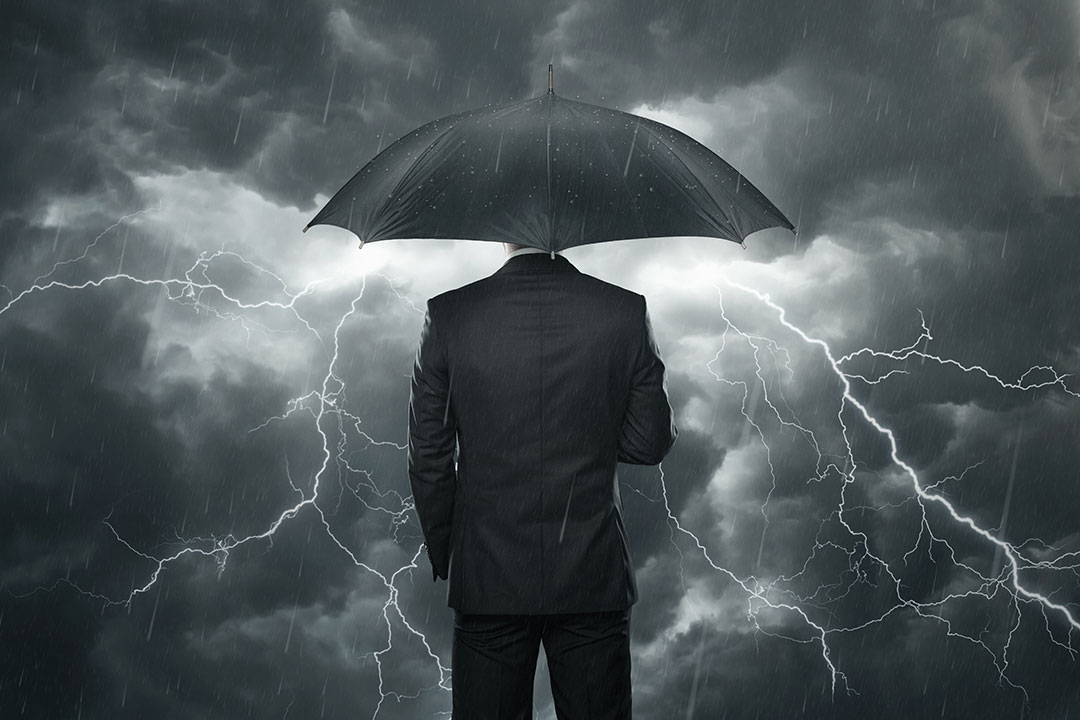
Achieving higher profits is often associated with an increase in sales or a decrease in expenses. While in many cases this is the route to a better bottom line, focusing on these two items can produce the opposite outcome if pursued without regard for the quality of sales and the ability of your buyers to pay for their purchases. You can address these issues – quality and security – by selling on cash terms, but this could be a deterrent to winning orders, especially if competitors are prepared to offer more attractive terms. Selling on credit may provide more sales opportunities, but it also exposes you to non-payment risk.
This risk can be significantly reduced by using credit insurance.
Many companies blindly decide credit insurance is too expensive. For some this may indeed be the case, but the perception of cost really needs to be addressed in the right perspective. Comparing the cost effectiveness of credit insurance with self-insuring your credit exposure is an exercise that all businesses should undertake.
If your company experiences no bad debts than credit insurance would probably be a very expensive investment. But very few companies experience no bad debts and even achieving that success requires a certain expenditure of time and money. An Atradius survey of more than 6,000 companies in 30 countries found that almost 2% of the value of their receivables was uncollectable.
“Another reason why businesses have credit insurance is because it helps them avoid payment defaults.”
But, let’s say your business is like most others and you do experience bad debts. And let’s say, like most companies that use credit insurance, your premiums exceed your bad debts. Why would you still use credit insurance? If you are operating at 10% margins, you are going to need to sell 9X the original amount just to break even. Once you sell 10X the original amount you finally have a positive margin, but that margin is now 1% rather than your expected 10%. If it was a big sale, you are risking the survival of your company. If your sales are credit insured you can trade safely with the knowledge that the payment default is covered. You are back on track financially quickly and you don’t have to feel that you are trying to catch up.
Another reason why businesses have credit insurance is because it helps them avoid payment defaults. Credit insurers assess the risk of your customers not paying constantly and can help you limit your exposure to buyers with a higher likelihood of default. You can do this yourself, but it will likely take you longer to access the information and make decisions about offering credit terms to your buyers or you will move forward without checking, exposing yourself to unknown risks. Atradius Credit Insurance for instance has access to information on over 100 million companies and often has the payment histories of other clients doing business with the same buyer. What’s more, the more customers you have the harder it is to keep tabs on them all. Again, a credit insurer can do this for you, allowing you to pay close attention to the most important risks. If a payment default does occur, the insurer will reimburse your insured loss and help you try and collect the debt.
We’ve all heard the saying, money makes the world go round. Well, when the banks are keeping a tight rein on lending, credit insurance can help you improve your access to financing while at the same time enable you to safely provide your customers with the short term financing they need in the form of trade credit terms.
A strict and proactive approach to credit management can reduce your bad debts. It will help you get paid earlier and, if a customer does go bankrupt, you can put your company in a better position to collect at least some of the debt. However, doing it yourself costs time and money and doesn’t guarantee a default free receivables portfolio.
While it may sometimes seem like the premium exceeds the claims, the bottom line is often far more enhanced with credit insurance than it is without. Credit insurance may not be right for every company, but every company should at least have a serious discussion with a credit insurer to compare the real cost of insured and uninsured trade debts on their business.
Contact www.atradius.com




 Europe’s steel industry has had a rollercoaster ride over the past two years, with the economic crisis hitting two major users of steel: the construction and automotive industries.
Europe’s steel industry has had a rollercoaster ride over the past two years, with the economic crisis hitting two major users of steel: the construction and automotive industries.  The markets have rebounded dramatically from their nadir but the economy remains in a delicate position. The opportunities are out there but banks have yet to loosen their grip on funds. It’s this vicious circle of cyclonic gloom that executives and risk managers are still faced with, a full two years after the financial meltdown of 2008.
The markets have rebounded dramatically from their nadir but the economy remains in a delicate position. The opportunities are out there but banks have yet to loosen their grip on funds. It’s this vicious circle of cyclonic gloom that executives and risk managers are still faced with, a full two years after the financial meltdown of 2008. Throughout the global recession, businesses across the world have been impacted by late payments or worse payment defaults to varying degrees. Despite the well publicised impact in countries like Ireland, Spain, The UK, the United States and most recently Greece these are not the only countries and in some ways, not the countries where the broadest swath of the economy has been impacted. For these markets, the heart of the problem has centred around overextension of credit in the housing markets by the financial services sector and has spread from there to autos and consumer durables. Basically products that frequently involve financing when purchased.
Throughout the global recession, businesses across the world have been impacted by late payments or worse payment defaults to varying degrees. Despite the well publicised impact in countries like Ireland, Spain, The UK, the United States and most recently Greece these are not the only countries and in some ways, not the countries where the broadest swath of the economy has been impacted. For these markets, the heart of the problem has centred around overextension of credit in the housing markets by the financial services sector and has spread from there to autos and consumer durables. Basically products that frequently involve financing when purchased.